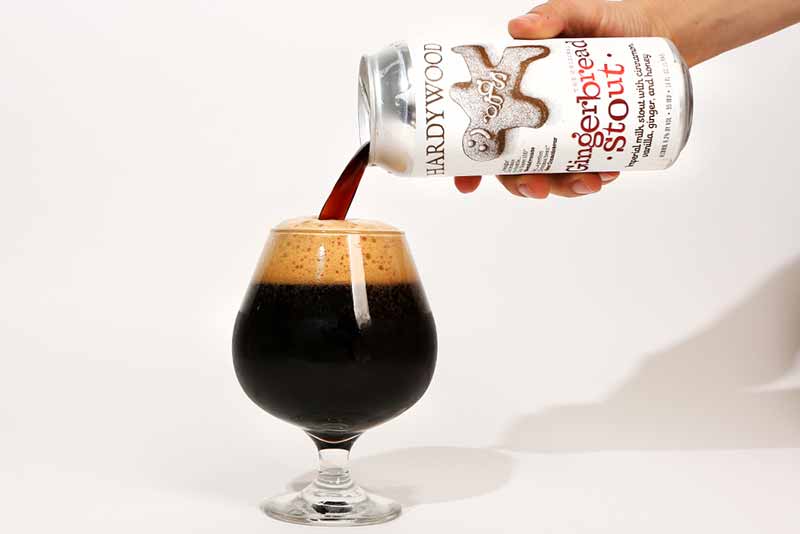
Undoubtedly, stouts pick up traction from consumers during the colder months. But that doesn’t make life for brewers boring, with so many subsets of the style to switch things up. We’ve previously written about the best ways to make an intense dessert-forward pastry stout as well as table beers such as imperial stouts. Those beers are great takes on stout, but sometimes brewers and consumers want to dial it back. That’s when you should consider adding a milk stout to your portfolio.
We chatted with expert brewers known for their milk stouts, including from Left Hand Brewing and Hardywood Park Craft Brewery, to get their take on the style, top considerations when brewing it, and just how much lactose you need to make a quality milk stout.
(Above photography courtesy of John A. Paradiso | Hop Culture)
Affordable, Industry-Leading Brewery Software
How Do the Experts Define Milk Stout?
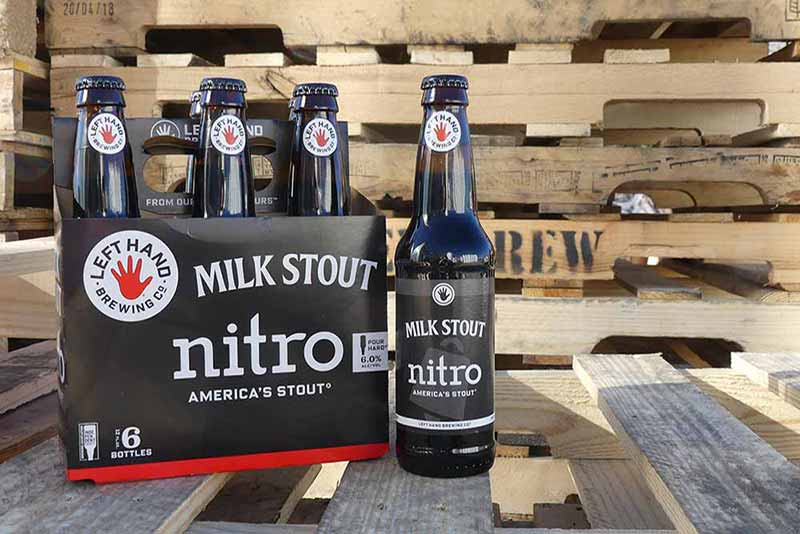
Photography courtesy of Left Hand Brewing Co.
First brewed in the 1900s in England, milk stouts, according to the Beer Judge Certification Program, derived their name from the use of lactose, an unfermentable sugar that left the beer sweeter than a normal stout.
Left Hand Head Brewer Gary Glass says lactose is an integral part of milk stouts’ balancing act.
“Milk stout should have a silky smooth mouthfeel with some sweetness,” Glass says. “Lactose lets us make a really roasty but approachable beer. It’s not overly bitter, but still has a lot of roast chocolate and coffee.”
Glass adds, “Without the lactose, it’d be overwhelming and bitter.”
Balance is always the name of the game, Hardywood Brewmaster Brian Nelson points out.
“We can go outside the boundaries,” Nelson admits. “But to bring it to customers, it cannot be too sweet or too cloying. You’ll get chocolate and roastiness in there, but not too astringent or bitter. And it’s gotta have a little body.”
What Are the Top Considerations When Making a Great Milk Stout?
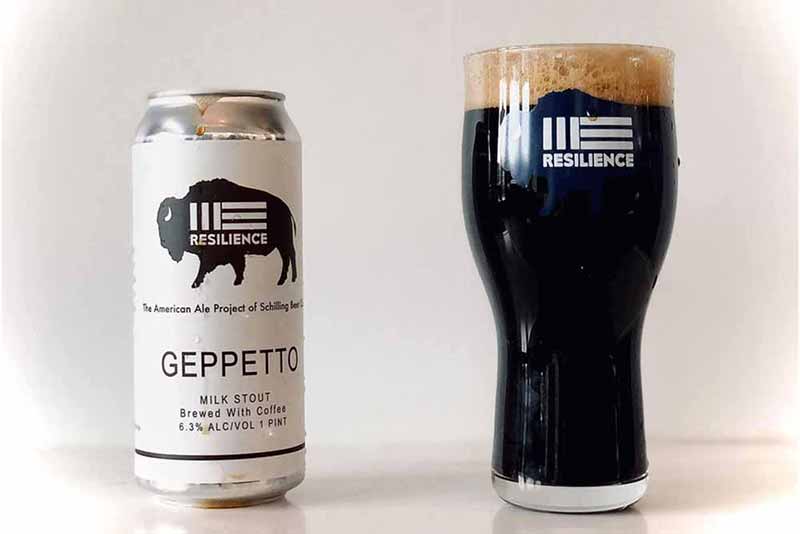
Photography courtesy of Resilience Brewing
Nelson says a lot has changed for Hardywood over the years with their milk stout, first starting with a twenty-barrel brewhouse. It gets tricky when you want to achieve the right flavor profile at that size.
“You leave a lot of sugar in the mash,” he says. “We maxed that thing out!”
Nelson adds that Hardywood graduated from that system, upgrading to a sixty-barrel brew system. But that didn’t change their approach, which he says is a top consideration when brewing.
“We scale down our sixty-barrel system and brew thirty-seven barrels to meet the flavor profile and body we are looking for,” he says.
Hardywood also recommends a higher mash temperature. Nelson says they use a single-infusion approach, mashing the grains at 154 degrees Fahrenheit for residual malt.
For Glass, he says to look no further than the base beer to achieve the optimal milk stout.
“You’re looking for something super smooth and not overly hoppy,” he says. “You want some bitterness but just enough to complement and keep the sweetness from being cloying.”
What Is a Typical Grist for a Milk Stout?
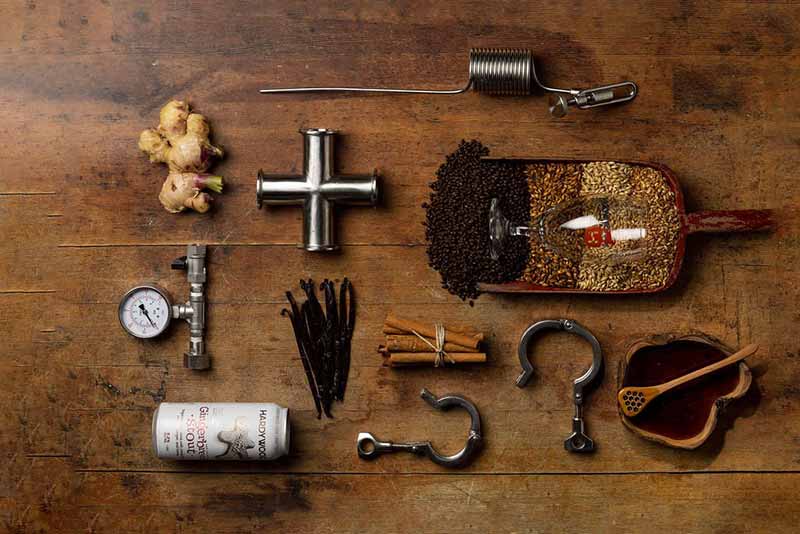
Photography courtesy of Hardywood Park Craft Brewery
Glass elaborates about the grist, saying Left Hand uses rolled oats, flaked barley, and other special malts to achieve the flavor and mouthfeel of the beer.
“We use sixty-nine percent two-row, ten percent crystal malts, split between C40 and C75, four percent Munich,” he says, “as well as eight percent between rolled oats and flaked barley, and nine to ten percent roasted grains like dark chocolate malt and roasted barley.”
Nelson reiterates how their grist has changed some over the years, but “the essence is the same.” He adds that they use local maltsters for their specialty grains.
“We use three percent chocolate malt and one percent black patent malt looking for a silky smoothness,” he says. “Crystal 120 and Crystal 60—about six or seven percent—gives it a dimension.”
He adds, “Body is always important. We have a lot of experience with flaked oats. We use maybe five percent of Munich malt as well to ease into that body. And then our base malt is two-row.”
How Much Lactose Is Ideal for a Milk Stout?
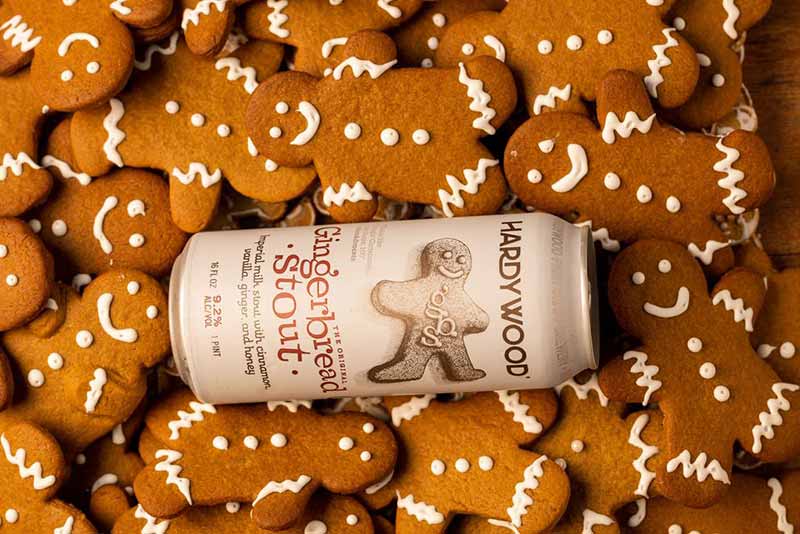
Photography courtesy of Hardywood Park Craft Brewery
It isn’t a milk stout without the lactose element. But Glass says not to overdo it.
“It’s just there to balance out roasted grains,” he says. “Ours is just under seven percent of the quote-unquote ‘grain bill.’ It’s not a ton. It’s really about achieving balance with the sweetness, full body, and the roast.”
Glass says Left Hand throws in the lactose about two-thirds through the seventy-five-minute boil.
In Hardywood’s 37-barrel batch of milk stout, Nelson says they throw in about 220 pounds of lactose.
“We add the lactose to the last ten minutes of the boil,” he says. “It’s integrated with that [wort], and then we throw more in fermentation.”
What ABV Do Experts Aim for in a Milk Stout?
Glass prefers the beer lower in ABV.
“We hit 6% ABV,” he says. “I think that’s in that sweet spot where it’s enough [alcohol] to enhance the malt aromas without negatively impacting drinkability. Higher ABV will make it more astringent.”
Glass adds, “Lower ABV makes it more drinkable and brings out roast malt character.”
Nelson says they shoot a bit higher.
“We target 9.2% ABV,” he says. “English ale yeast hits that pretty easy.”
Two Great Examples of a Milk Stout
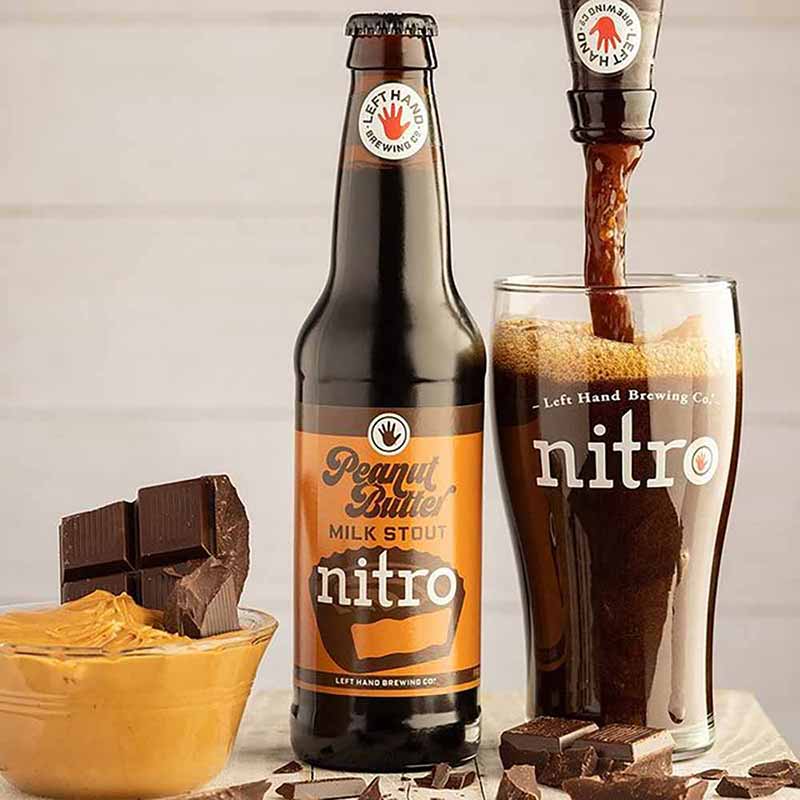
Photography courtesy of Left Hand Brewing Co.
Nelson cites their Gingerbread Stout double milk stout, a 9.2% ABV beer with local honey and ginger, in addition to some local malts.
“The locally sourced baby ginger and wildflower honey really makes the impact on the finished beer,” Nelson says. “Gives it a gingerbread cookie flavor, more so than a ginger snap.”
Left Hand has its classic Milk Stout, but Glass adds that the brewery has many off-shoots from the base beer, including French Toast, Chai, and Peanut Butter variations. The OG milk stout is 6% ABV with twenty-five IBUs.
Glass says these milk stouts are great on CO2 “but lend themselves well on nitro.”



